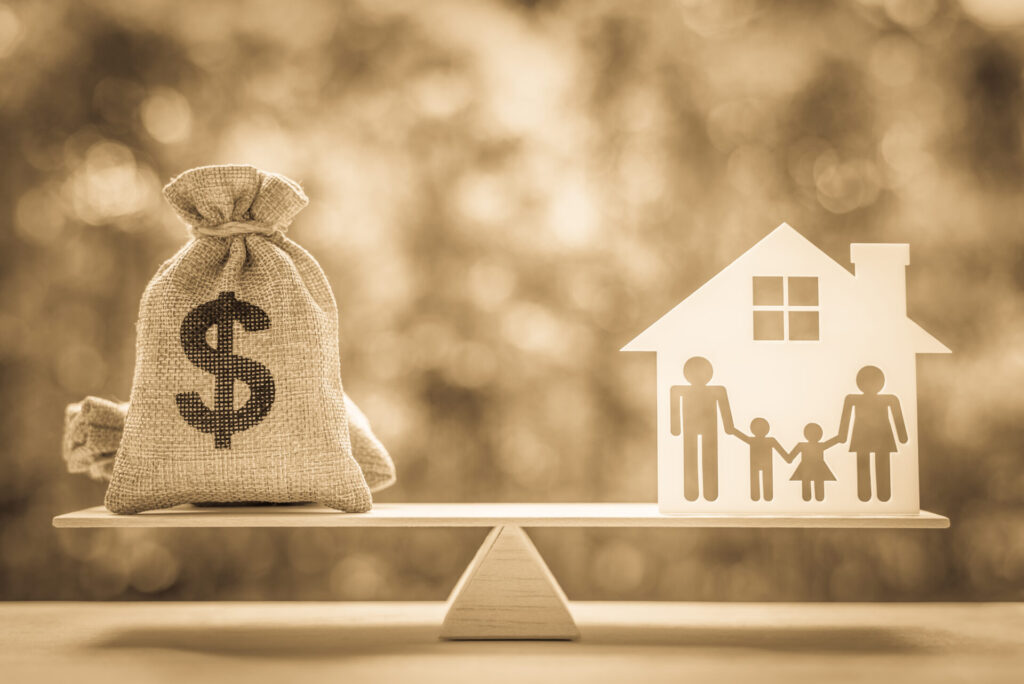There’s been a lot of talk lately about rising insurance costs—and frankly, the frustration is understandable. No one likes to see their premiums go up. But here’s the thing: insurance rate increases aren’t some smoke-and-mirrors façade. They’re real, and they’re happening—just like price hikes in nearly every other area of life.
In fact, when you zoom out, rising insurance costs are just one part of a much larger picture of economic inflation and shifting global conditions. Let’s break it down.
Everything Is Getting More Expensive—Not Just Insurance
Over the past 20 years, we’ve seen dramatic price increases in nearly every basic category:
- College tuition is up over 200%
- Childcare costs have risen more than 125%
- Food and beverage prices are up about 80%
- Housing costs have jumped by 75%
At this point, it seems like the only things that have gotten cheaper are TVs and smartphones.
To make it more relatable: the average price of a loaf of wheat bread is up 33% in just a few years—around $2.80 today. That’s a $0.66 increase per loaf. If you eat one loaf per week, that’s about $37 more per year. If the average homeowners insurance premium increases by that same amount—say, a 4-10% bump—the reaction is anchored on unmerited.
Why the disconnect?
The Bigger Economic Picture
Let’s consider a few contributing factors—some unique to insurance, and others that reflect broader economic realities:
1. Economic Inflation (Maine-specific)
- Parts and materials: +38%
- Labor costs: +20%
Repairs cost more because everything used in those repairs—from roofing shingles to skilled labor—is more expensive.
2. Modern Vehicles = More Expensive Claims
Today’s vehicles are safer and smarter—but also highly computerized, which makes them costlier to repair or replace after even a minor accident.
3. Social Inflation and Legal Trends
- COVID-19 created significant court backlogs, delaying claims and lawsuits.
- Aggressive advertising from injury law firms has helped fuel an explosion in litigation.
- Juries are awarding larger settlements, which puts pressure on insurers to pay out more than ever before.
All of this leads to higher costs for carriers—and eventually, for policyholders.
4. Geopolitical & Supply Chain Disruptions
- Recent 25% tariffs on imports from Mexico and Canada—who supply nearly half of all auto replacement parts in the U.S.—will drive up costs.
- About 30% of softwood lumber used in the U.S. is imported, with more than 80% of those imports coming from Canada.
- That leads to more expensive repairs, longer lag times, and extended rental car and living costs during claims.
5. Climate Change & Weather Disasters
Extreme weather events are no longer rare—they’re becoming the norm.
- In the last 10 years, the U.S. has faced 190 separate billion-dollar disasters, totaling $1.4 trillion in damage and claiming over 6,000 lives.
- In Maine, there were 7 federal disaster declarations in just 2023 and 2024—compared to an average of just 1 per year since 1970.
The Bottom Line
Insurance is about sharing risk. When the cost of that risk increases—due to climate, courts, supply chains, or economic inflation—those increases inevitably impact what we all pay.
Rising premiums may be frustrating, but they’re not happening in a vacuum. They’re the result of systemic, wide-reaching changes in how much it costs to fix, replace, rebuild, and recover. In that context, a modest increase in insurance may actually be one of the more stable numbers in your household budget.
Proactive Tip: If you’re concerned about your premium, talk to your agent. There may be discounts, bundling options, or policy adjustments available to help manage your costs—without sacrificing the protection you need.


